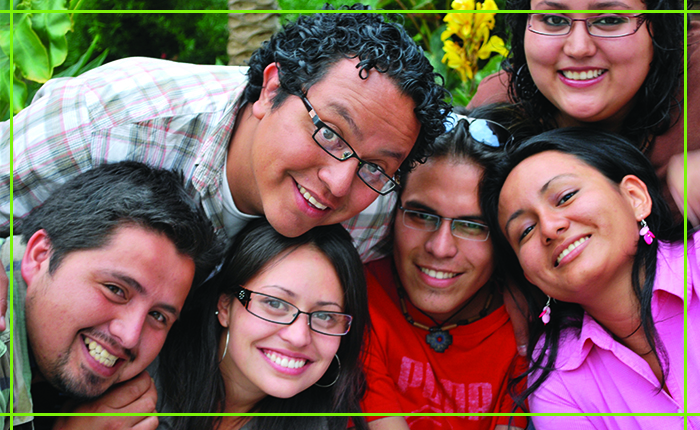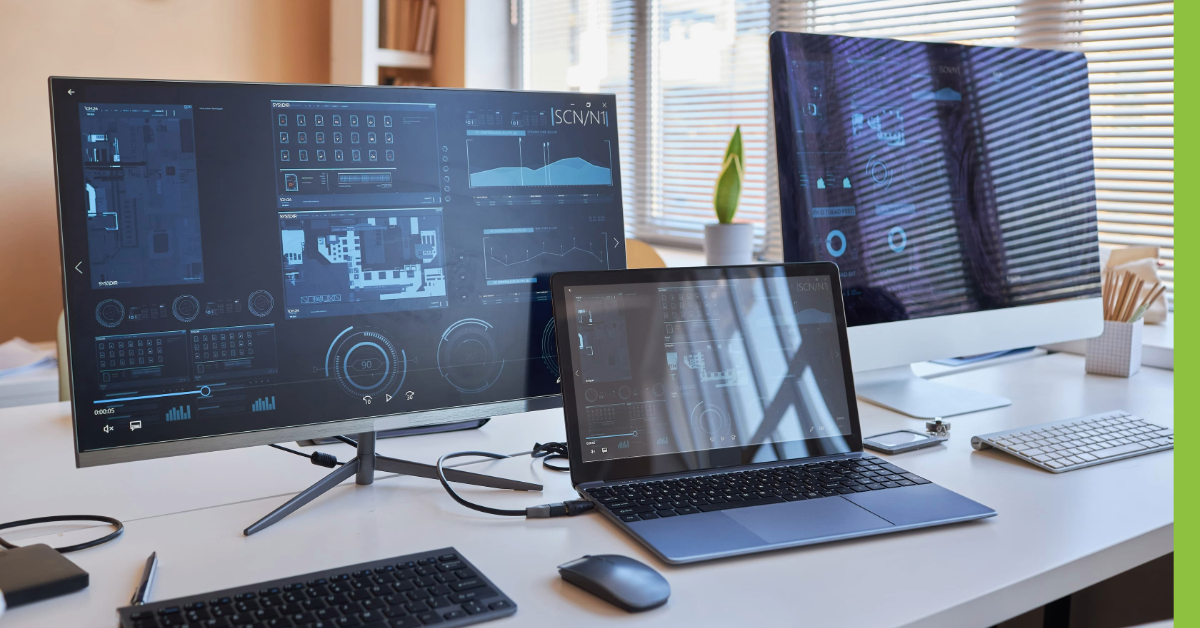By Byrony Treser, PT, DPT
Hispanic Heritage Month, celebrated from September 15th to October 15th, honors and recognizes the culture, achievements, legacy, and impact that Hispanic Americans and people of Latinx and Hispanic descent have had in our communities. As I reflected on how to best commemorate this period, I realized that my journey as a physical therapist over the last decade has been strongly shaped by a formative clinical rotation in rural Guatemala.
After two years of PT school, no end of the proverbial blood, sweat, and tears, and a year of clinicals ahead, it prompted me to repeatedly wonder if I was meant to be a physical therapist. With less than a month of patient care experience to draw on, I traveled to Zacapa, Guatemala for a short clinical rotation. During this rotation, the other students and I were to spend time at several Zacapa medical institutions including a hospital-based physical rehabilitation center, community outreach centers, schools, and senior centers.
The October sun hadn’t reached its zenith yet, but I was beginning to choke in the heat. The small rehabilitation center was crowded with students, interpreters, and the local Guatemalans seeking therapy, and yet I found myself almost alone in a corner, trying not to panic as I grasped just how tenuous my Spanish language skills were. A woman in her fifties sat next to me, waiting expectantly. I knew from our orientation that many of the people at the clinic had walked quite a distance and had been waiting since early morning for the clinic to open. The clinical instructors and other students were gathered around the interpreters, and no one was close enough to catch my eye or intervene. I took a breath and asked hesitantly, “tiene duele?” The look of confusion that crossed her face told me I hadn’t asked what I thought I had—”are you in pain?”
My apprehension and sense of failure was growing steadily, and I was rifling in my mind through two years of bookwork to come up with anything that might help. On the verge of giving up completely, the whisper from a lecture on patient centered care came to me, “If you listen right, your patient will tell you what is wrong with them.” “Great”, I thought, “how am I supposed to do that when I couldn’t even recall how to ask someone about their pain”. Marginally calmer, I gathered my courage and tried again. Como esta ud? Tiene hijos? Donde vive? The conversation between us started to flow more easily. The woman shared with me about her family and her work making blankets. As her story unfolded, I began to see that it was her back that was bothering her and making it hard to sit for any length of time. I showed her a few stretches and mobility techniques to ease the guarding of her back muscles and she smiled. A few minutes later, she walked away, more freely than when she had come in. I felt my shoulders relax a little.
The confidence I gained during that first encounter evaporated quickly as the next person told me about “las hormigas de fuego” on his arm. Having seen more than a few fire ants (named for their burning, painful bites) around, I recognized the words but was still bewildered. The young man didn’t have any welts, bite marks, redness, or a rash. He was only about sixteen, so I asked about common teenage interests: his family, school, and sports, while I frantically tried to come up with an explanation. I learned he had fallen out of a tree several years previously and broken his arm. The break was never set correctly, which limited his range of motion but not his overall strength. Still, “las hormigas de fuego” had only started a few weeks prior. No matter how I moved the arm, I couldn’t produce any symptoms. Then I asked him to show me what movement he did when he felt “las hormigas”. As he began to move into the position, his face contorted in pain. It was a unique movement pattern to me, and I couldn’t imagine when he would need to perform it. “When?”, I asked. “Every day, in the coffee fields.” Suddenly, his description of fire ants on his arm made more sense and I realized he was experiencing a nerve compression. He used his known environment to paint a picture, describing his symptoms in terms he was familiar with.
As the rotation continued, the uncertainty and apprehension of those first encounters never truly went away. Without medical records, MRIs, x-rays, and labs, the other students and I had to learn to trust our training, our palpation skills, our senses, and most importantly our patients’ experiences. It became easier (although never comfortable) to sit with the unknown, to listen deeply, to appreciate the complexities of each person’s story, and to observe how multiple puzzle pieces fit together. My experiences in Guatemala showed more than anything, me that when all people are seen, valued, and included, and their stories shared and celebrated, we build up all of humanity to its greatest potential.







